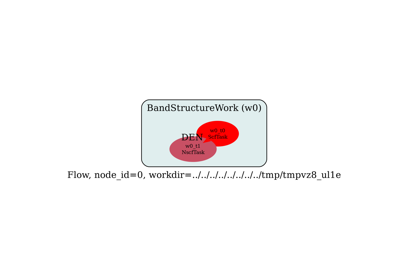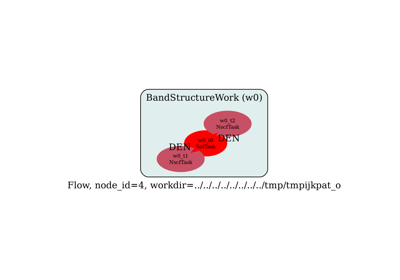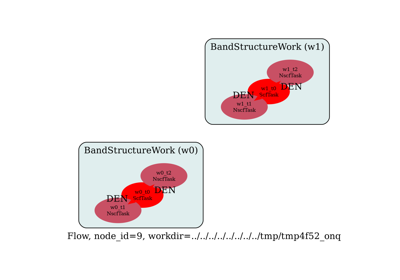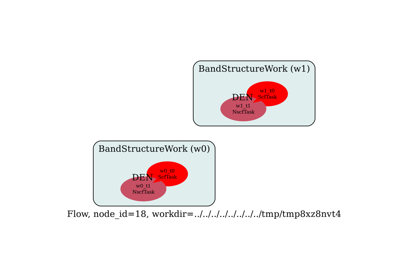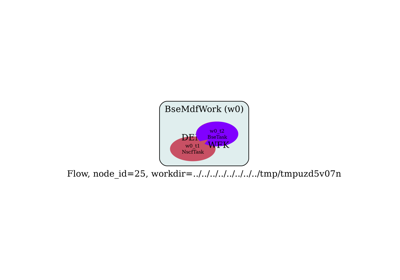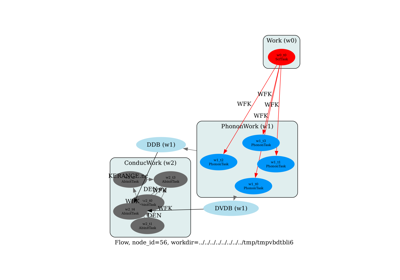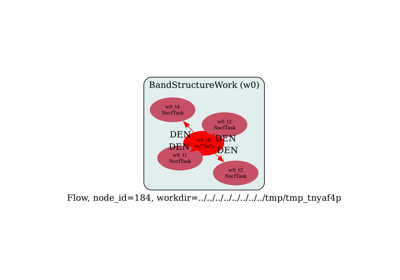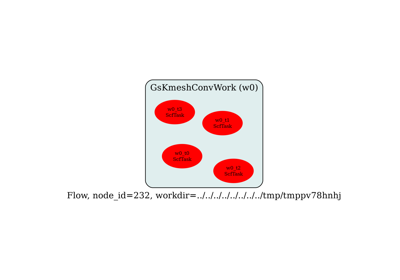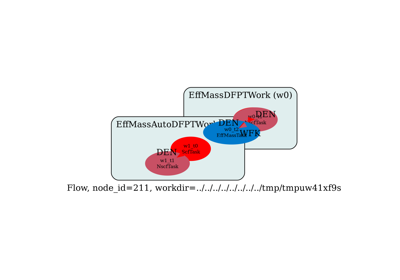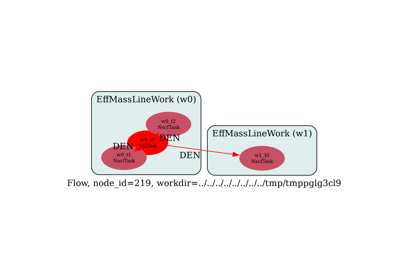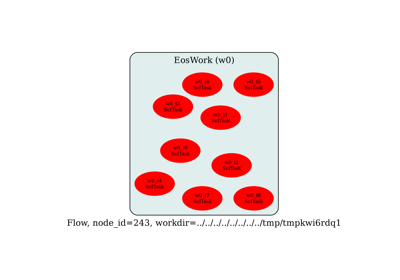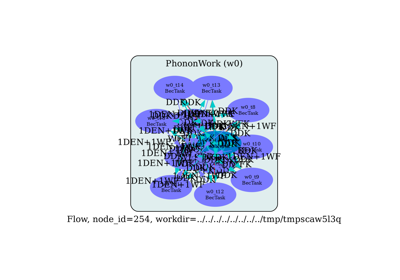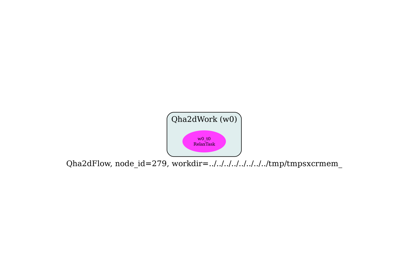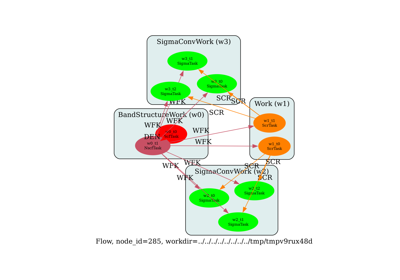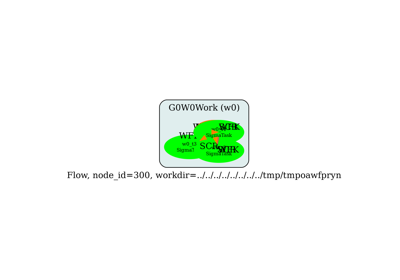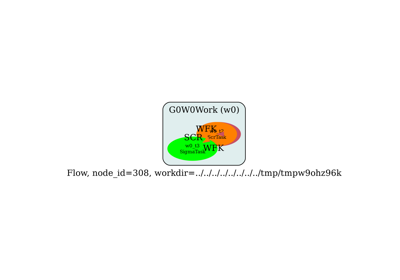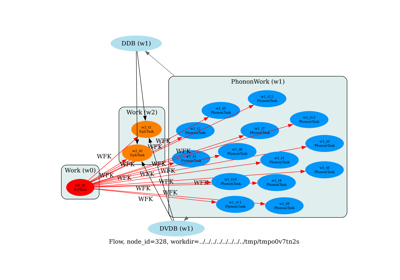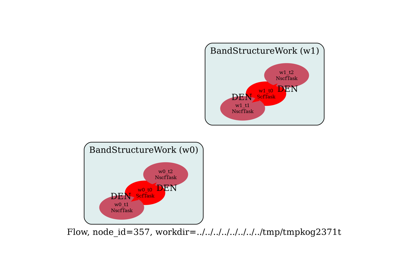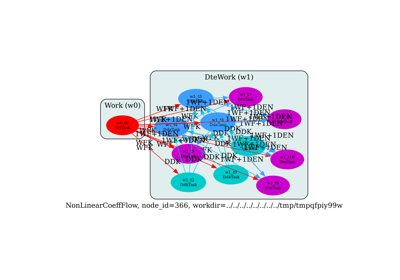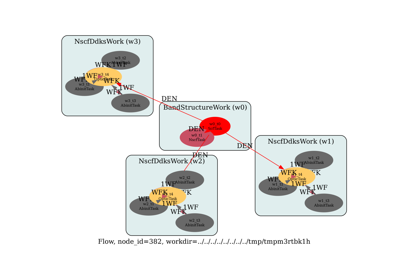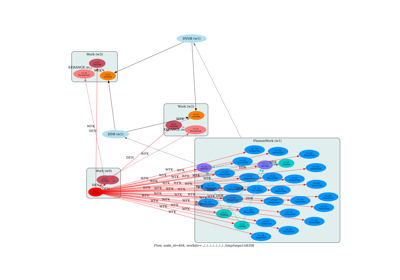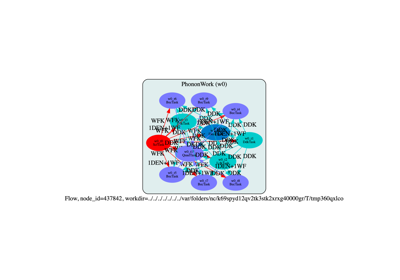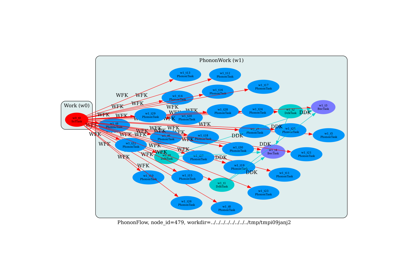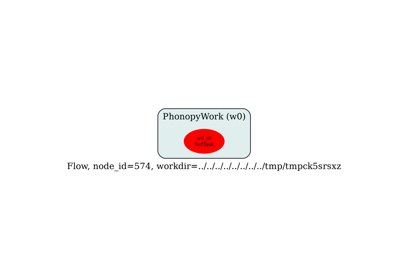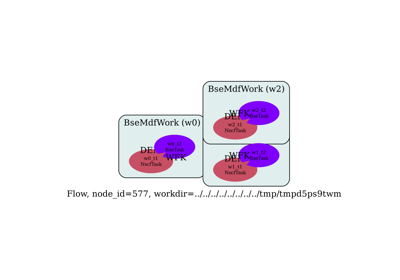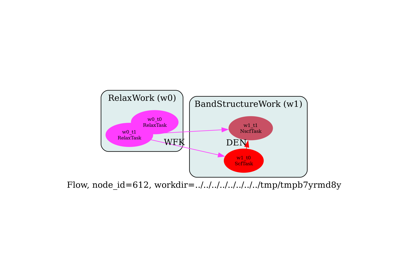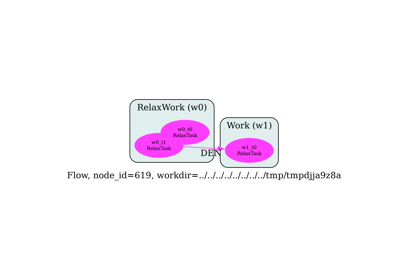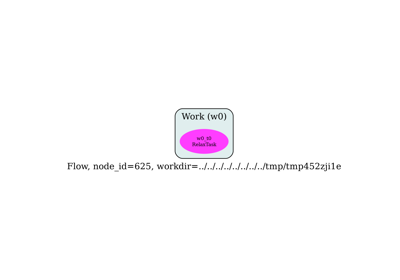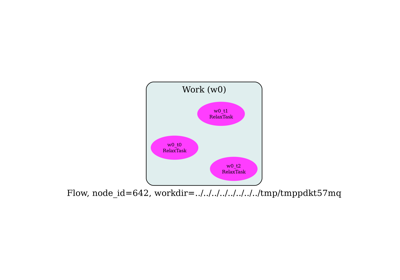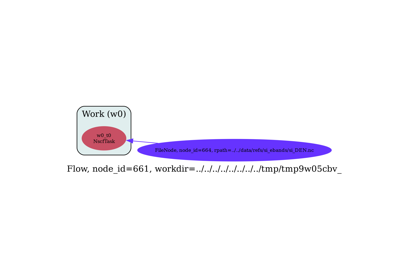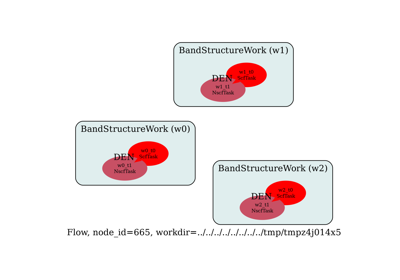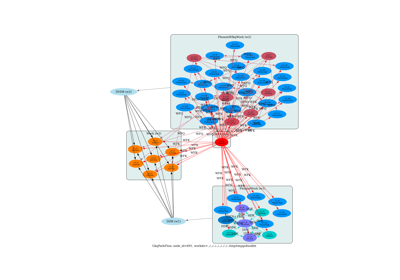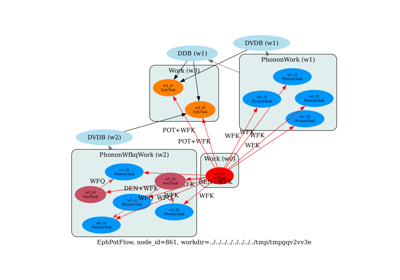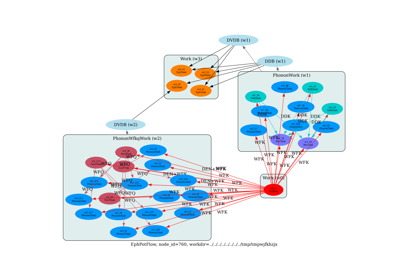Flow Gallery
This gallery contains python scripts to generate AbiPy flows from the command line.
Run the scripts to generate the directory with the flow, then use the abirun.py script to execute the flow.
Alternatively, one can use the -s option to generate the flow and run it immediately with the scheduler.
Use --help for further information on the available options.
Note that the figures can only show the initial configuration of the Flow. Additional Works generated at runtime won’t be displayed. To visualize the entire Flow, you need to run the script and then use:
abirun.py FLOWDIR graphviz
where FLOWDIR is the directory of the Flow.
Warning
The following examples show how to use python and the AbiPy API to generate and run Abinit calculations in a semi-automatic way. These examples are not supposed to produce physically meaningful results as input parameters are usually underconverged.

Born effective charges and dielectric tensors with DFPT
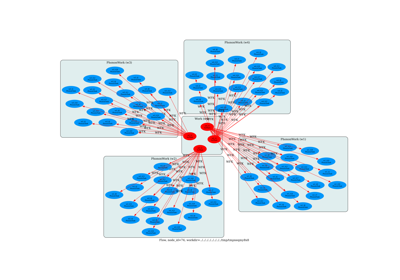
Convergence of phonons in metals wrt ngkpt and tsmear
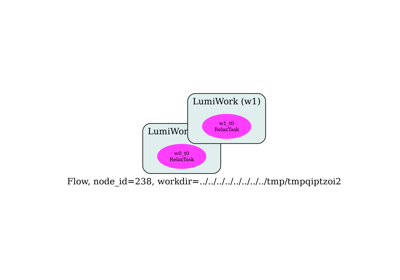
Delta SCF calculation: luminescence of an Eu-doped phosphor
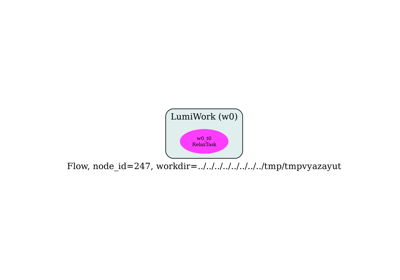
Delta SCF calculation: luminescence of the NV- center in diamond
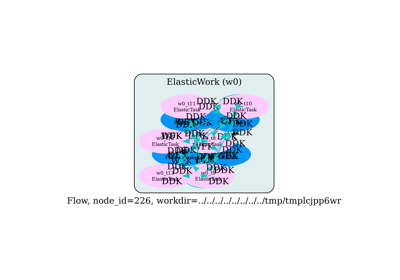
Elastic constants and piezoelectric tensor with DFPT
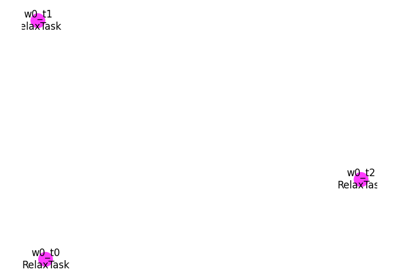
Gruneisen parameters with DFPT phonons and finite difference
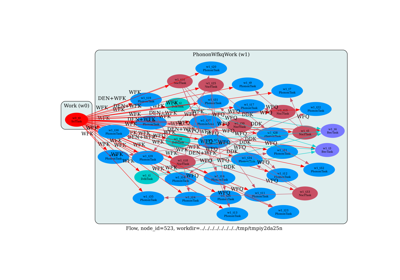
Phonons with WFQ files (q-mesh denser than k-mesh)
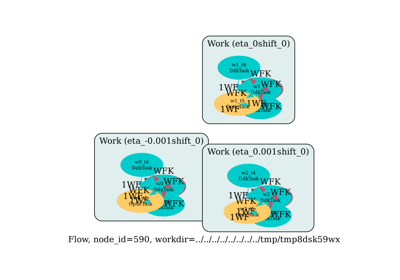
Raman with independent-particle approximation (optic)
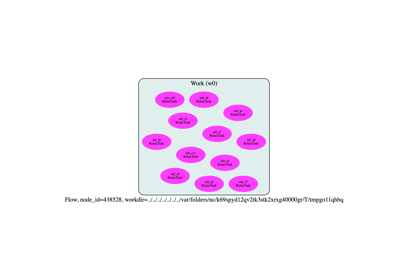
Relaxation of Al with different k-meshes and tsmear
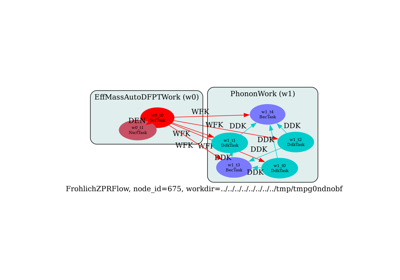
e-ph ZPR at the band edges with the generalized Frohlich model
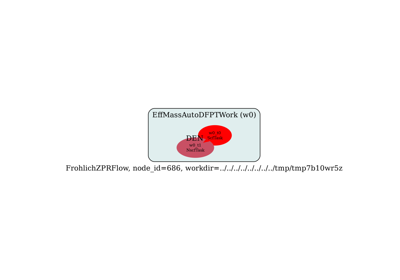
e-ph ZPR of band edges with generalized Frohlich model
